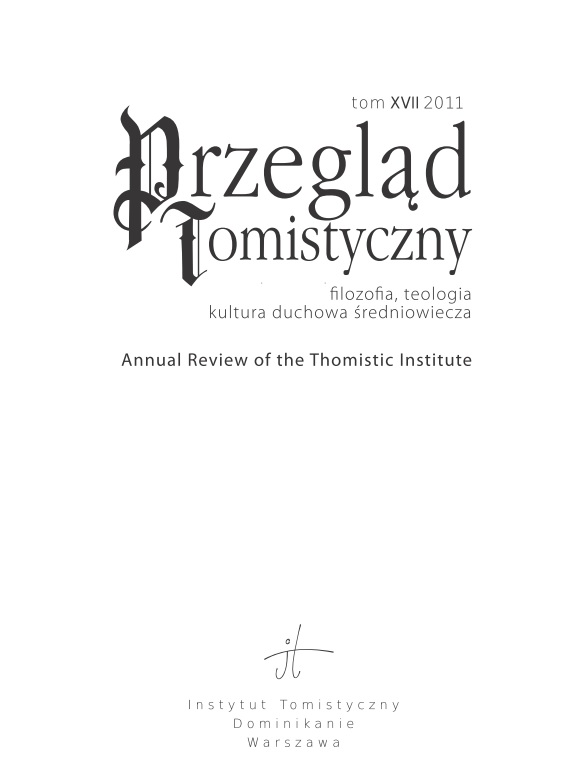JACEK SOSZYŃSKI, „The Decree of Constantine” („Donatio Constantini”): An Introduction Followed by the Latin Text and Its Polish Translation

Tom XVII: 2011
Filozofia — Teologia— Kultura duchowa średniowiecza
ISSN 0860-0015
e-ISSN 2544-1000
SUMMARY
The “False Donation of Constantine” (Latin, Donatio Constantini), or more correctly, the “Decree of Constantine” (Constitutum Constantini) was regarded throughout the entire Middle Ages as an authentic act of the Roman Emperor Constantine I “the Great” (306–337), transferring the prerogatives of imperial power and some unspecfied western territories of the Empire to the possession of the Papacy. This document, at different stages of its functioning, was used by the Frankish higher clergy (who were responsible for its fabrication) in its efforts to become independent from local monarchic powers (IX century), the Papacy fighting for primacy in Christendom with the Empire (XI–XIII centuries), as well as by the French legists demonstrating independence of the Kingdom of France from the Papacy (XIV century). Only in the first half of the XV century did humanists such as Nicholas of Cusa and Lorenzo Valla question the authenticity of the Donation on the grounds of its stylistically awkward use of the Latin language, internal contradictions, and logical shortcomings.
The forgery comprises two parts: the first part (§1–10) includes the statement of the Christian faith professed by the Emperor and a personal account of the circumstances of his conversion; the second one (§11–20) describes in detail the elements of emoluments (i.e., payments for offices) and powers granted by the Emperor, elevating the Pope and the Church to the highest rank within the Empire.
The Latin text of the original document is presented in the article alongside its Polish translation.
